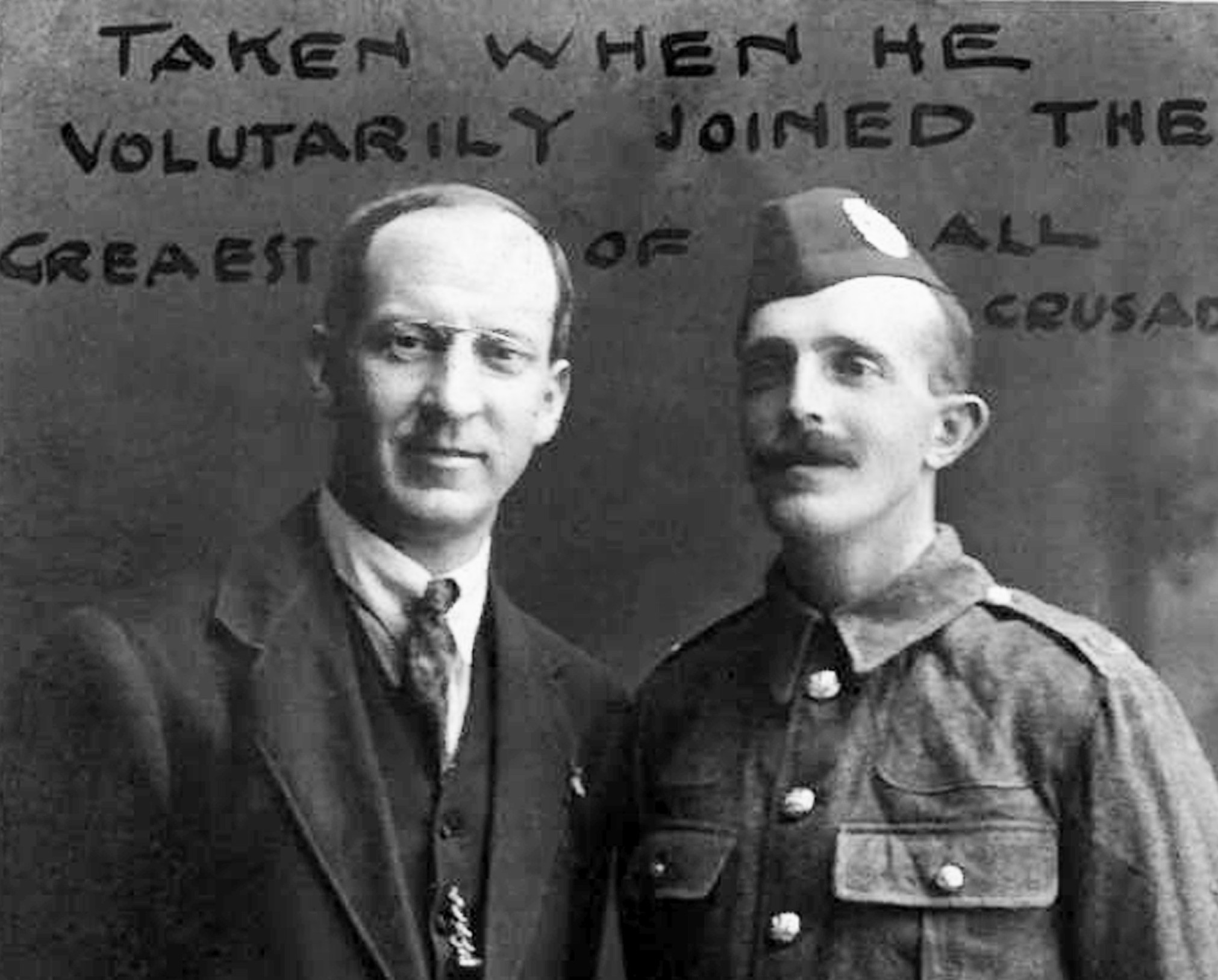Andrew Paterson was born in Merkinch, Inverness, in September 1877.
He was the sixth of seven children born to James Paterson and Isabella Noble.
The Patersons were employed for generations as the pilots for ships entering the Beauly and Moray Firths, and at times as the Kessock Ferrymen.
Mr Paterson was two-years-old when his father drowned during the first Inverness Regatta, and neither he nor his brothers chose to work on the water.
Mr Paterson started Inverness Merkinch Public School in 1882 and left in 1890 at age 13.
He learnt the art of photography in Inverness then moved south to gain more experience, before coming back to the city to work as an apprentice to photographers Emery and MacGilvary on Bridge Street.
In 1895 at age 18 he opened his own photographic business on Church Street, which moved several times before settling at 19 Academy Street in 1905 where it would remain until 1980.
In 1901 he married Jean MacKenzie MacLennan at the Station Hotel and the pair had three children.
Their eldest, a daughter named Constance, was born in 1902, followed by twin sons Hector and Hamish in 1904.
During his career, Mr Paterson won 23 awards and diplomas at both national and international levels.
He was particularly renowned for his portraits, which including sittings with George Bernard Shaw, Clement Atlee and Ramsay MacDonald.
Mr Paterson was particularly skilled at a technique that involved using a soft focus lens and subtle lighting effects to hide wrinkles and blemishes and create a more flattering portrait.
While Mr Paterson is most famous for his portraits, he also experimented with moving film and produced one of the earliest cinematic films in Scotland. Mairi: The Romance of a Highland Maiden was a silent black and white film lasting just over 17 minutes, which was first shown in the city in 1913.
During WWI, Mr Paterson decided to set up a fund to aid soldiers fighting on the front line.
The initiative, called the Camerons’ Comforts Fund, sent packages of clothing to men fighting in different battalions of The Queen’s Own Cameron Highlanders.
The cause was particularly important as Mr Paterson’s brother-in-law, George MacLennan, was a Lance-Corporal in the 7th Queen’s Own Cameron Highlanders (1st Battalion).
In just six weeks Mr Paterson organised the Cameron’s Fair, which raised more than £4,000 for the Fund.
They sent 3,200 pairs of socks, 1,350 mufflers, 240 shirts and 325 pairs of hose tops over to the soldiers, and received a letter back which was printed in the Highland News in January 1917.
Written by Lieutenant Colonel R.L.McCall, it read: “We have just received your consignment of socks, hose tops, scarfs, and shirts, for which please accept the thanks of the Battalion.
“These gifts are much appreciated by the men, and are of extraordinary use, especially now the cold weather is starting. I am afraid letters convey a small amount of what we wish to express, but I hope you will understand how much we appreciate the thoughts for our welfare of those at home.”
There is evidence to suggest that although the Cameron’s Comforts Fund was only set up in 1916, Mr Paterson was sending well-needed comforts to grateful troops fighting abroad as far back as the 1900 Boer War.
After the war, Mr Paterson was one of two trustees who distributed the money left in the Fund to men who had served with the Cameron’s and were facing financial troubles.
At the outbreak of WWII, he was instrumental in getting the Fund back up and running.
Mr Paterson’s brother-in-law L/Cpl MacLennan, was killed fighting on the Western Front at Arras in April 1917, leaving behind a widow and three children.
He was buried at the British Tank Cemetery in Guemappe.
The following year, Mr Paterson commissioned his friend, the well-known artist Joseph Gray to paint two war pictures.
Mr Gray, who fought with the 4th/5th Black Watch during the war, painted a portrait of the 4th Seaforth Highlanders’ and a portrait of the 6th Cameron Highlanders’ at the Battle of Loos.
In 1946 he gave the painting of the 6th Camerons to the Cameron Highlanders at their Inverness barracks on permanent loan.
Both paintings are now on show at The Highlanders’ Museum in Fort George.
After the war, in 1921, Mr Paterson’s son Hector joined him in his studio as an apprentice.
Hector Paterson moved to Edinburgh several years later to work as an apprentice for photographer Drummond Young while he attended Edinburgh College of Art.
Mr Paterson’s wife Jean died in July 1948 and just five months later in December 1948 Mr Paterson died at the family home in Inverness.
His son Hector took over the photographic business, until his retirement in 1980.
A website with more details about the photographer can be found at www.patersoncollection.co.uk and his archive of photographs has been made available online at the Scottish Highlander Photo Archive at www.scottishhighlandphotoarchive.co.uk
